- Summary list for topic 1.3 Membrane structure
- Mindmaps
- Skills video tutorial
- Model answer
- Model answer:
- Multiple choice quiz
- 1.3 Membrane structure 1/1
 The first models of membranes included protein and phospholipids but not in the same structure as we see them today. In this topic the components of cell membranes are investigated and the structure of the membranes as fluid and dynamic structures is outlined.
The first models of membranes included protein and phospholipids but not in the same structure as we see them today. In this topic the components of cell membranes are investigated and the structure of the membranes as fluid and dynamic structures is outlined.Learn and test your biological vocabulary for Membrane structure 1.3 using these flash cards
These slides summarise the essential understanding and skills in this topic.
They contain short explanations in text and images - good revision for all students.
Read the slides and look up any words or details you find difficult to understand.
These slides cover difficult parts of this topic - important if you are aiming for a high grade.
If grade 5 is your target, then save time, move on, study this information later, once you have revised the other topics.
Summary list for topic 1.3 Membrane structure
- Phospholipids form bilayers in water due to the amphipathic properties of phospholipid molecules.
- Membrane proteins are diverse in terms of structure, position in the membrane and function.
- Cholesterol is a component of animal cell membranes.
- Application: Cholesterol in mammalian membranes reduces membrane fluidity and permeability to some solutes.
- Can you draw a diagram of the fluid mosaic model.
- Can you explain how evidence from electron microscopy led to the proposal of the Davson-Danielli model.
- Can you outline the evidence which led to the falsification of the Davson-Danielli model and support of the Singer-Nicolson model.
Mindmaps
This diagram summaries the main sections of topic 1.3 about membrane structure.
Test if you can draw your own list or concept map from memory.
Skills video tutorial
Explaining plasma membrane structure and the structure and function of the molecules in the membrane is an important skill in this topic. This video tutorial explains how to draw a simple 2D diagram of a cell membrane, and label it for an IB Biology exam.
How to draw a membrane diagram in an exam from David Faure on Vimeo.
Describe three functions of membrane proteins. (4)
...................................................................................................................................................
...................................................................................................................................................
...................................................................................................................................................
...................................................................................................................................................
Hint: Membrane proteins can have several functions. In an answer to a 'describe' question don't just list the functions, describe that function too, giving an example if possible.
Click the "+" to reveal a model answer.
Multiple choice quiz
This quiz contains a set of multiple choice questions covering the membrane structure topic. Explanations of each answer are displayed after you click to check the answer(s).
START QUIZ!
Drag and drop activities
Test your construction of biological explanations using the drag and drop questions below.
The structure of cholesterol and its role in membrane structure.
Drag and drop the correct term into the gap to describe the structure and role of cholesterol in the plasma membrane.

fluid rigidity rigid hydrophilic water-soluble permeability anchoring amphipathic hydrophobic tails vesicles
Cholesterol is an lipid which gives to the cell membrane by binding in-between the of the phospholipid molecules in the bilayer close to the heads of the phospholipids.
This allows the membrane to be but to retain a definite structure such as in the formation of .
The more cholesterol present, the more the membrane.
As it is a lipid, it also reduces to molecules.
It aids in proteins to the bilayer.
Explanation/Examiner hint. Structure and role means both must be in your response to gain full marks.
Just for fun
If you want to review key terminology and have some fun with your revision try this. It will help you remember the terms through repetition. Membrane structure card match game.
Alternatively this choice of Arcade games will help you to practise the basics while having fun. Arcade game "Membrane structure".
How much of Membrane structure 1.3 have you understood?







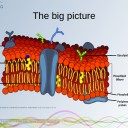
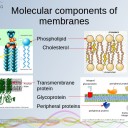
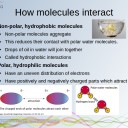
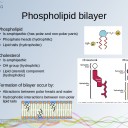
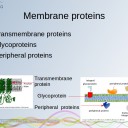
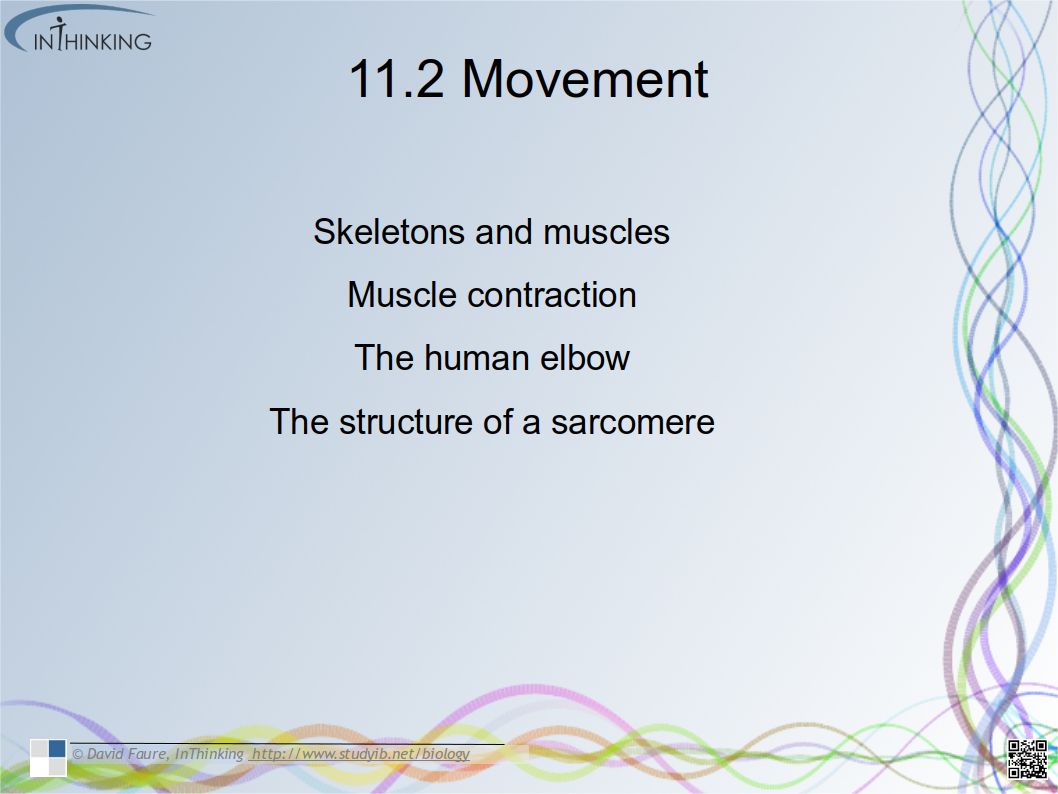
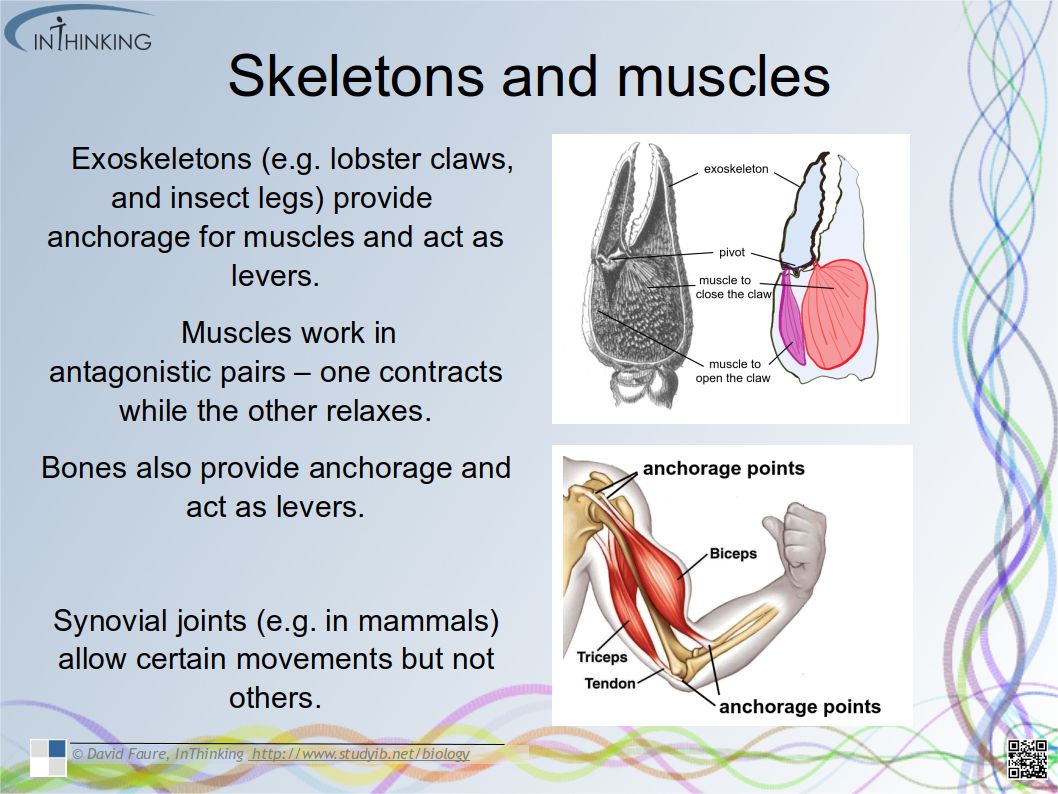
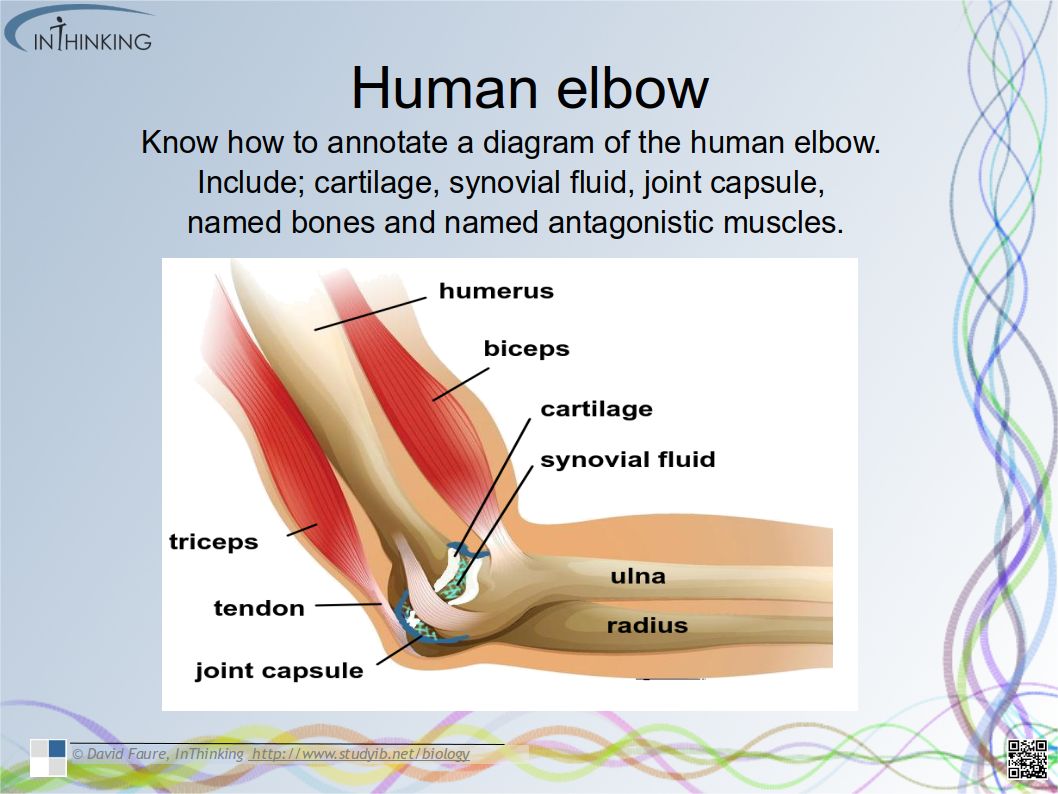

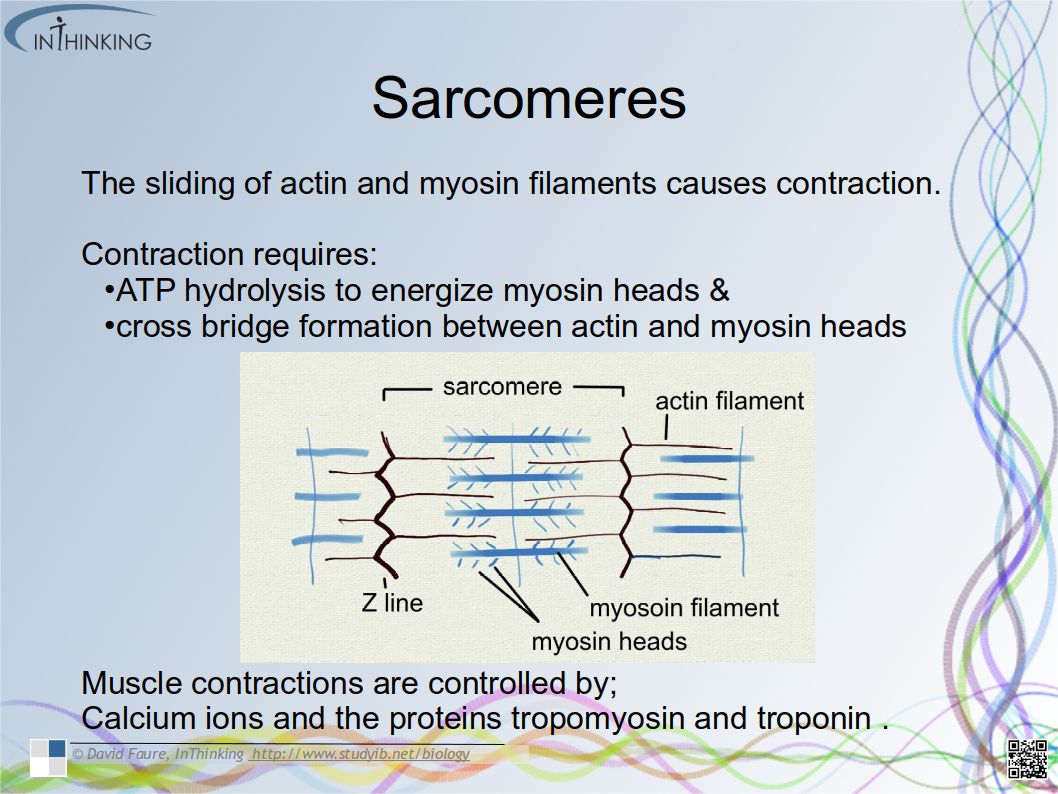

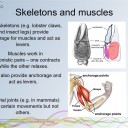
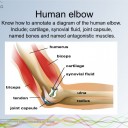

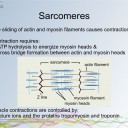



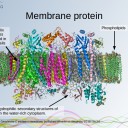
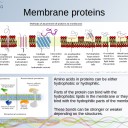
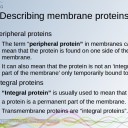

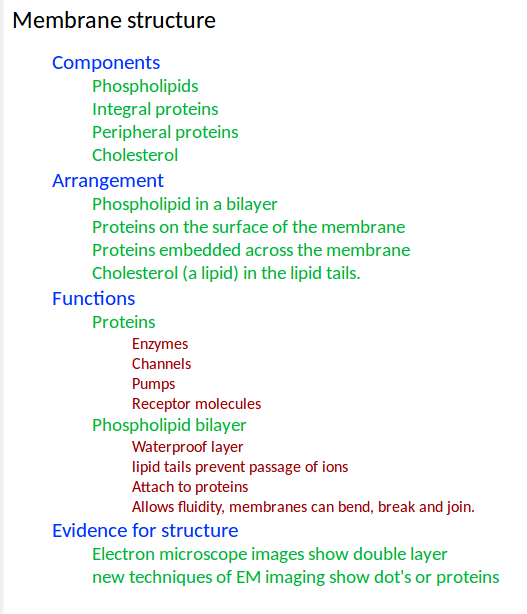
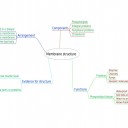
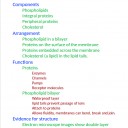
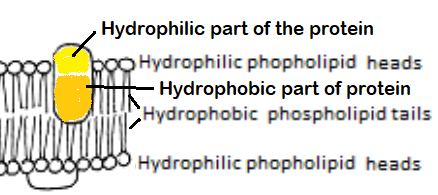
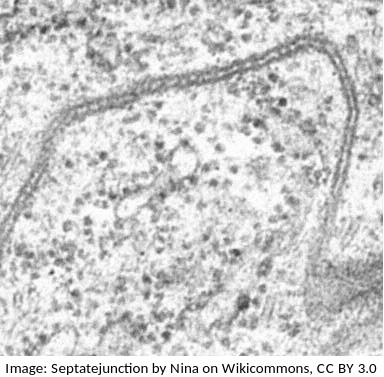 The photograph is from an electron microscope image of a membranes.
The photograph is from an electron microscope image of a membranes.
 Twitter
Twitter  Facebook
Facebook  LinkedIn
LinkedIn